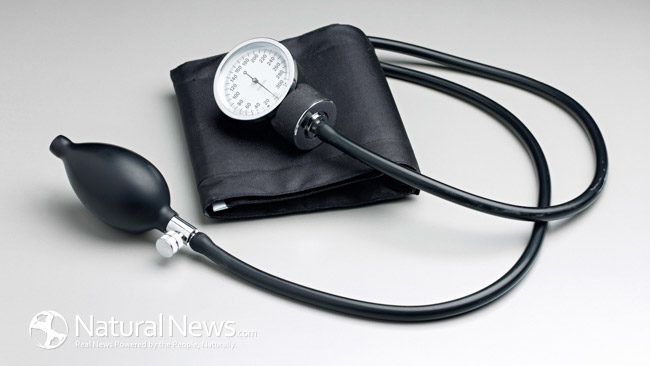A yearly physical or even just a normal visit to the doctor can involve having your blood pressure checked. Not everyone understands why or how important this information can be. Understanding the basics about blood pressure can lead to making better health decisions. This first piece of information to learn is that the top number is called systolic pressure and the bottom number is called diastolic pressure.
When having blood pressure checked, the doctor will put an inflatable cuff around the upper arm. Then they will use a stethoscope to listen to the blood moving through the arteries. The doctor will inflate the cuff which will cause it to tighten around the arm. As the cuff becomes deflated, the doctor will listen through the stethoscope to determine systolic blood pressure. When the noise that goes away from the deflation stops, the doctor can then take the diastolic reading.
A normal systolic pressure is below 120. When the heart beats, it squeezes and pushes blood through the arteries to be carried to parts of the body. This creates forceful pressure on the blood pressure, and systolic pressure is the reading of that amount of force. If the reading shows between 120-129, this is considered elevated. A reading of 130-139 is considered hypertension, which is stage one of high blood pressure. A reading of 140 or more is considered stage 2 high blood pressure. Finally, a reading of 180 or more may be a medical emergency and one should go the hospital immediately.
A normal diastolic pressure is lower than 80. This is determined by the amount of pressure in the arteries that exists when the heart quickly rests between beats. During this “rest” the heart is filling up with blood and getting oxygen. Even though a normal reading is below 80, if systolic pressure reads between 120 and 129, a person can still have high blood pressure. A reading of 80-89 is considered stage 1 hypertension, 90 or more is stage 2 hypertension, and 120 or more is a medical emergency in which one should go to the hospital immediately.
Depending on the reading, a doctor will just check each year at a physical or if there is any indication of elevation may ask for the person to have it checked every 3 to 6 months. They might even recommend an easy at home monitor. A good reading requires abstaining from smoking, exercise, or caffeine at least 30 minutes prior. Checking it at the same time of day is also important. The person should be sitting in a chair with both feet on the floor and a doctor can should the proper arm positions. Blood pressure can be a silent killer, so it is important to be aware. Untreated high blood pressure can result in stoke, heart attack, or kidney damage.
https://www.ncbi.nlm.nih.gov/pmc/articles/PMC4889144/
https://www.cdc.gov/mmwr/preview/mmwrhtml/su6302a8.htm?s_cid=su6302a8_e








